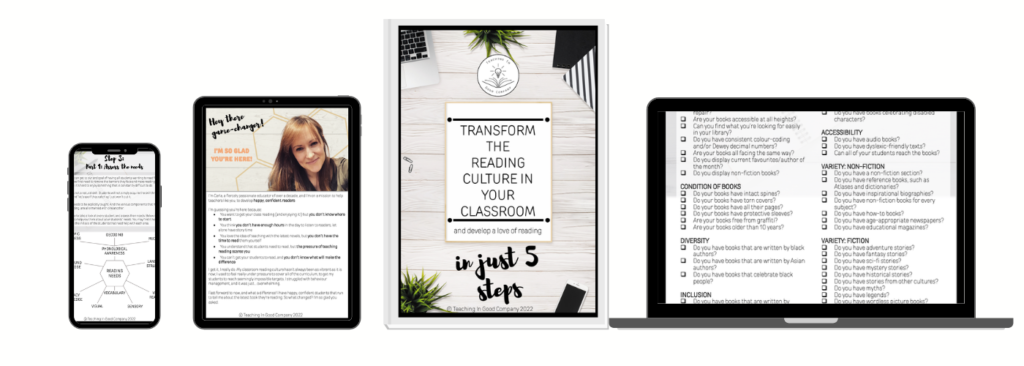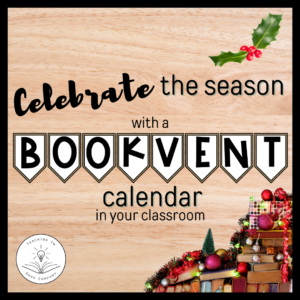With the number of children reading for pleasure plummeting to its lowest level in 20 years, Teaching In Good Company considers the need for a rebrand.
The National Literacy Trust reports that children’s reading in leisure time is dwindling to record lows: A concerning statistic for educators and parents given research suggests that reading for pleasure is the single biggest indicator of a child’s future success.
‘Reading for pleasure’ has become a buzzword in education. It’s something we all inspire to achieve, after all, who wouldn’t want to invoke a love of reading in children? But just how attainable is it? Current statistics would suggest we’re failing miserably.
Perhaps it’s time to reconsider how we present the concept of ‘reading for pleasure.’
The term “pleasure” conjures images of joy and desire, yet much of what we read doesn’t necessarily align with those feelings. We don’t find joy in the suffering we encounter in the news, we’re often frightened by tales of ghosts, and shocked by narratives of murder. When reading for educational purposes, we frequently wrestle with frustration. So, why do we continue to read these genres and how can we inspire a love of reading in others?

The Complexity of Reading
The act of reading encompasses a broad range of emotions and experiences. It offers us a window into the world’s realities, some of which are harsh and deeply unsettling. Yet, despite these circumstances, we remain drawn to reading because it fulfils more profound needs. Reading quenches our thirst for understanding of what’s happening around us, it expands our worldview, fosters a sense of connection and empathy with others, and provides answers to our deepest questions.
Perhaps the term “pleasure” doesn’t fully capture these aspects. The joy of reading is often less about immediate gratification and more about the satisfaction of curiosity or the relief of understanding.

What actually is reading for pleasure?
Reading for pleasure is intrinsically motivated: it is reading we choose to do. There’s an autonomy to it. We may read based on someone’s recommendation, but we don’t read for pleasure because someone told us to.
Schools can’t tick a box to say they’re meeting the DfE’s Reading Framework by simply timetabling ‘reading for pleasure’ because pleasure is a verb- a doing and feeling word. You can’t give a child a book and tell them to enjoy it. It just doesn’t work that way. You can’t impose pleasure (and especially not on someone who’s finding the whole idea of reading tricky.)
Rethinking the Tagline
Instead of the somewhat misleading tagline “reading for pleasure,” perhaps we should consider “reading for satisfaction” This term better encapsulates the fulfilment we derive from engaging with texts that enrich our knowledge and satisfy our intellectual curiosity. Reading satisfies our innate desire to learn and grow, making it an indispensable part of our lives.
Alternatively, and this is my favourite, we might consider calling it “autonomous reading” or “choice reading.” With these phrases, we’re placing the emphasis on the volition in our reading habits—the freedom to choose what we read based on our interests, needs, and desires. By highlighting the element of choice, we celebrate the personal and varied nature of reading experiences.

Embracing a New Era of Reading
Ultimately, the goal is to encourage more individuals, especially children, to engage with reading in a way that feels relevant and fulfilling. By rebranding the concept, we can shift the focus from the elusive promise of “pleasure” to the more accessible and achievable forms of satisfaction and personal choice. In doing so, we not only promote reading but also empower individuals to explore the vast landscapes of literature, news, and information with enthusiasm and purpose. Let us embrace this opportunity to redefine what it means to read for pleasure, or rather, to read for satisfaction and choice.
How would you rebrand reading for pleasure?







